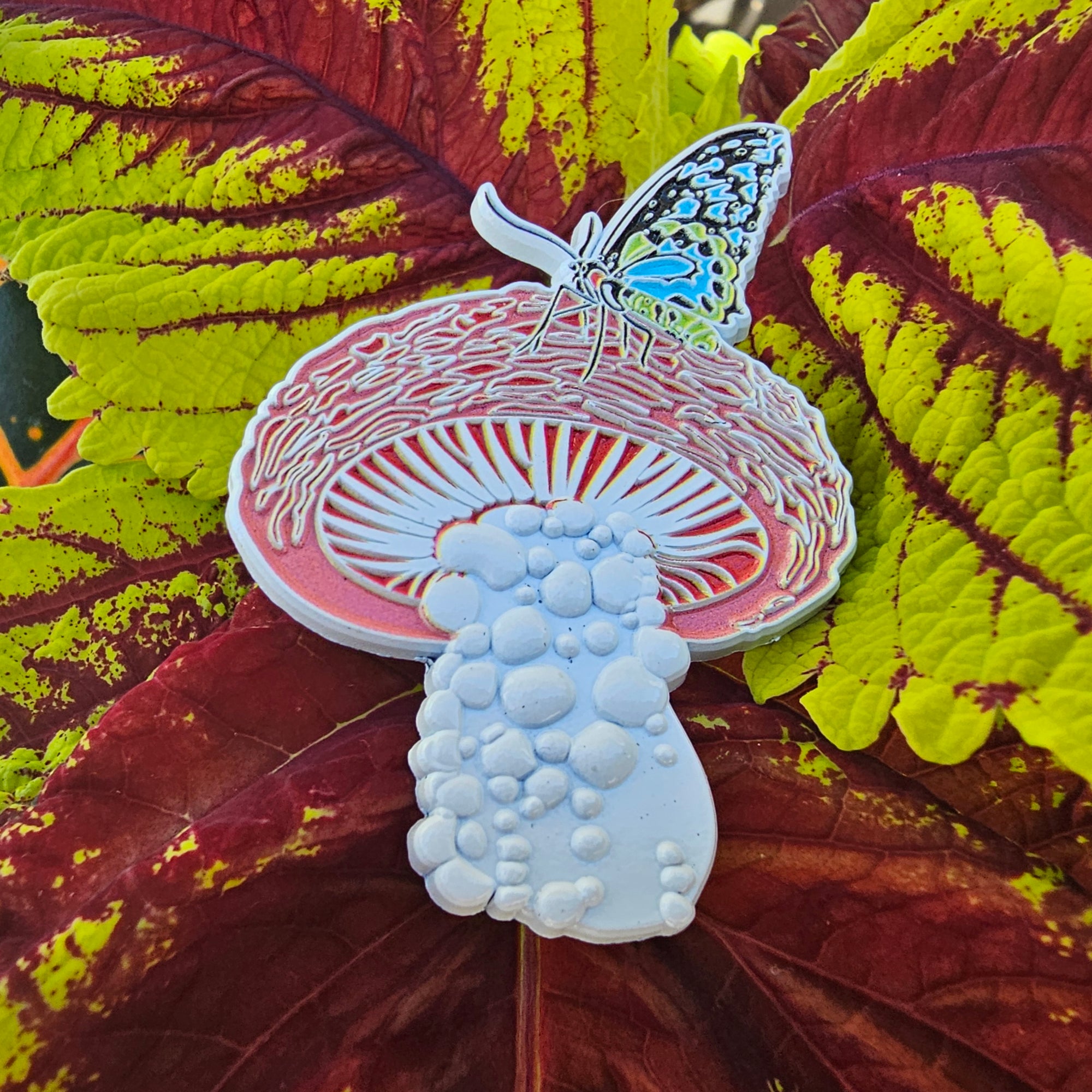Ever wondered what type of metal is best for producing enamel pins? Curious of the different properties of metal options for lapel pins? Well we've prepared this article to help bring to light some of the lesser known facts on pin production!
Enamel pins can be made using a variety of metals, each with its own unique properties. Some of the most common types of metal used to make enamel pins are:
- Iron: Iron is a common choice for enamel pins due to its affordability and durability. However, iron pins can rust over time and may not have the same level of detail as other metal options. Making it a great low-cost option for mass production.
- Brass: Brass is a popular choice for enamel pins due to its warm, golden color and its ability to hold fine details. It is also resistant to tarnish and corrosion, making it a durable option.
- Copper: Copper is a relatively soft metal that is easy to work with, making it a good option for intricate designs. It also has a unique reddish-brown color that can add a touch of elegance to enamel pins.
- Zinc Alloy: Zinc Alloy is a common choice for enamel pins due to its low cost and lightweight. It is also a durable option that does not easily corrode or tarnish.
- Stainless Steel: Stainless Steel is a durable, rust-resistant metal that is often used for enamel pins that will be worn frequently or exposed to harsh conditions. It is also a good choice for pins that require a high level of detail, as it can hold fine lines and sharp edges.
These are some of the most common types of metal used for enamel pins, but there are other options available as well. The choice of metal will depend on the design, intended use, and budget of the pin.
The best type of metal for enamel pins is iron-based alloys, particularly zinc alloy, iron, brass, and bronze. These metals have good ductility and malleability, which makes them easy to stamp, die-cast, or spin into intricate shapes. They also have good corrosion resistance, which helps to protect the pins from rusting, tarnishing, and discoloration.
Ultimately, the best type of metal for enamel pins depends on the specific needs of the project. Factors such as the desired appearance, durability, cost, and production method will all play a role in determining which metal is the best choice. We hope you've enjoyed this article & leave a comment on what we should write about next below.



